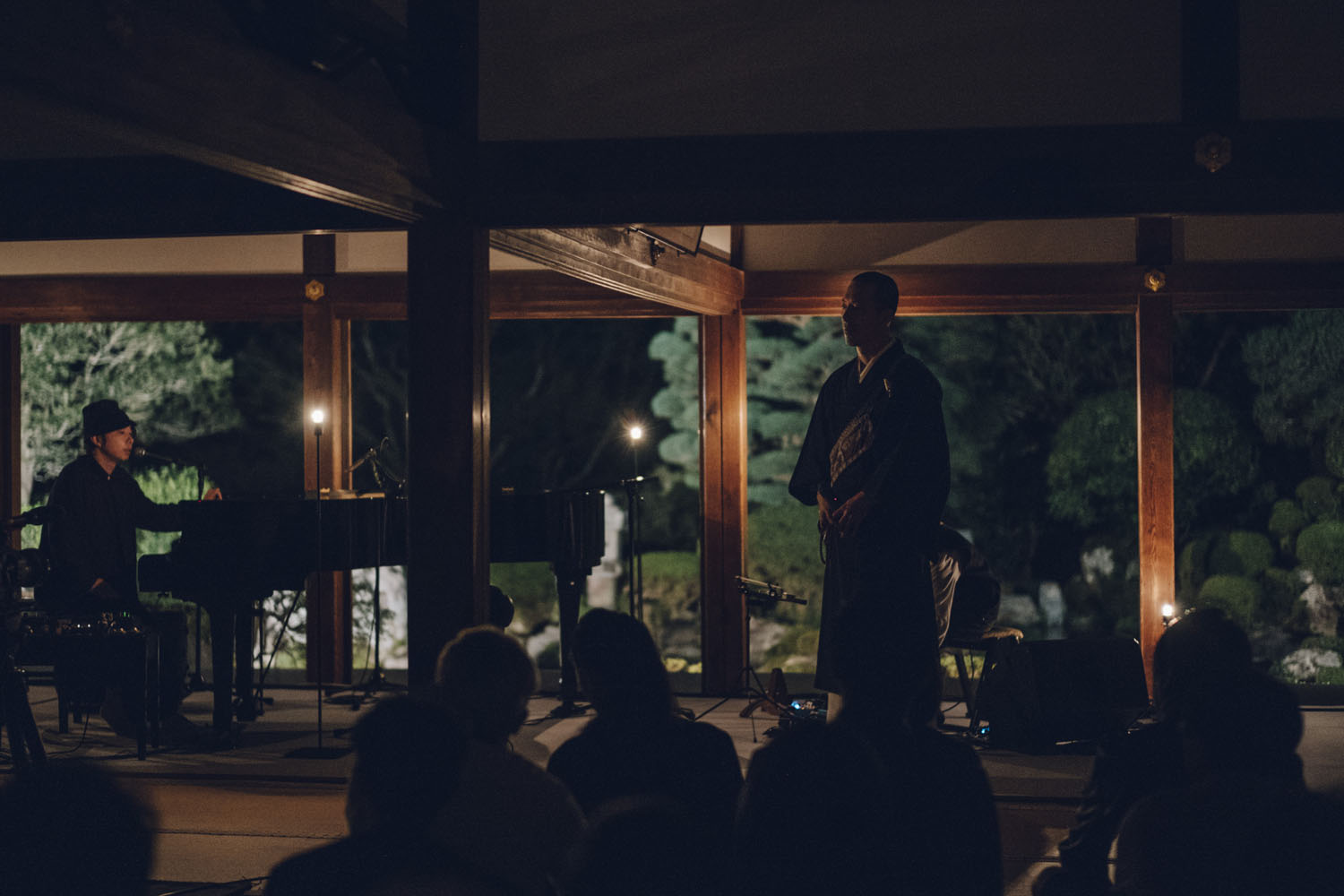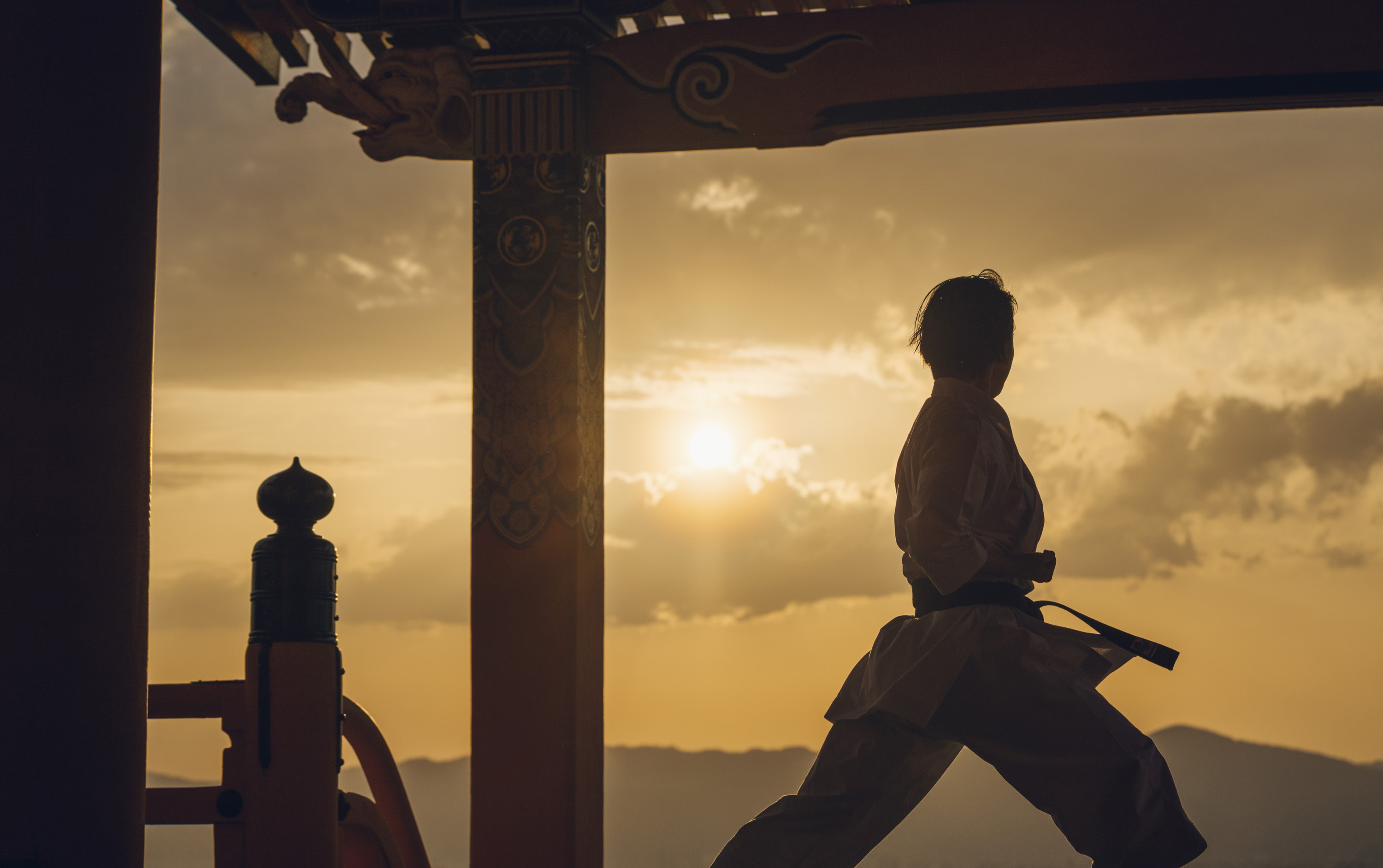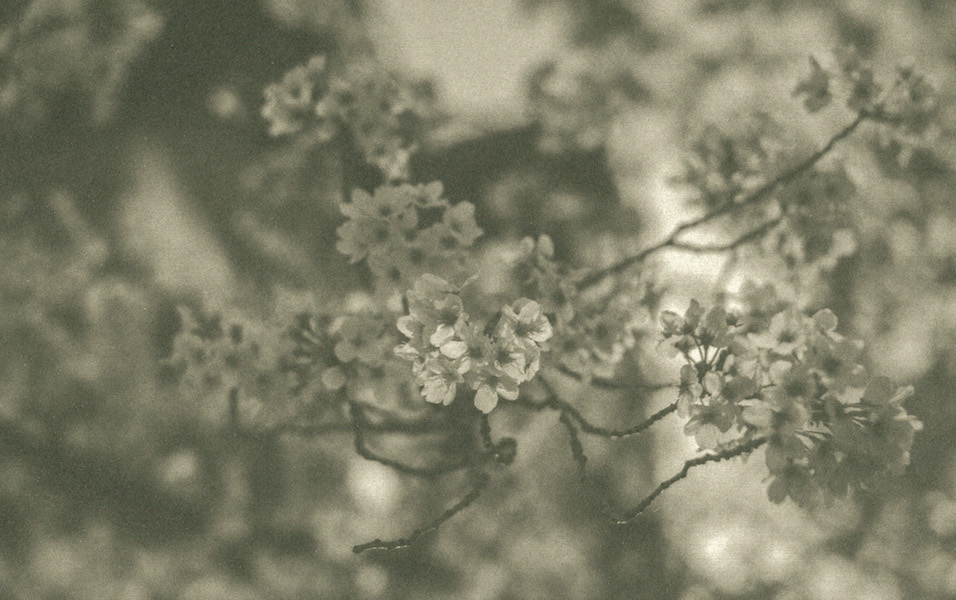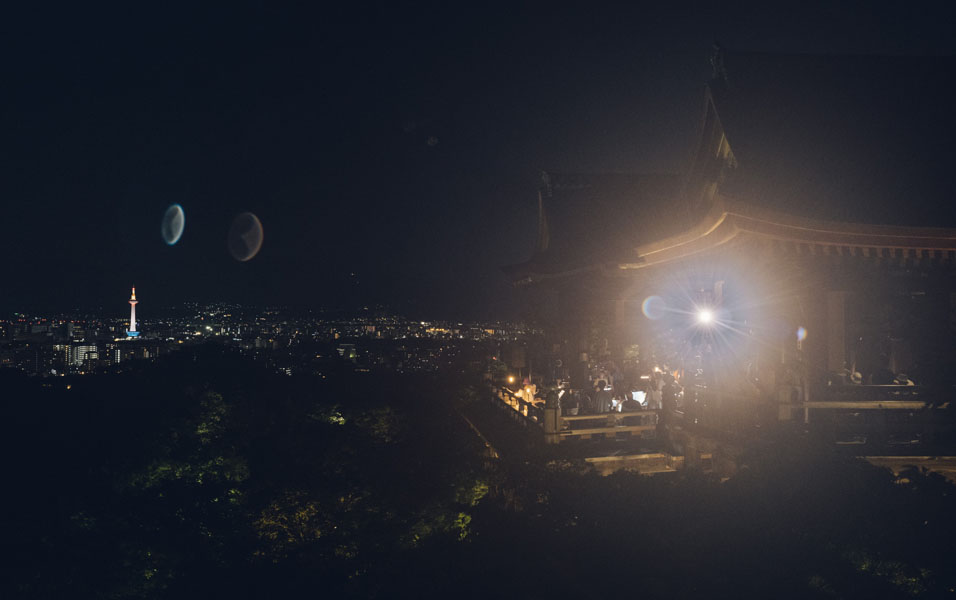The FEEL KIYOMIZUDERA project presents
a new perspective and a fresh interpretation
of prayer through a variety of experimental
expressions beyond convention.
23 December 2025
Tuesday
00:00:00
16 Oct. 2018
call;
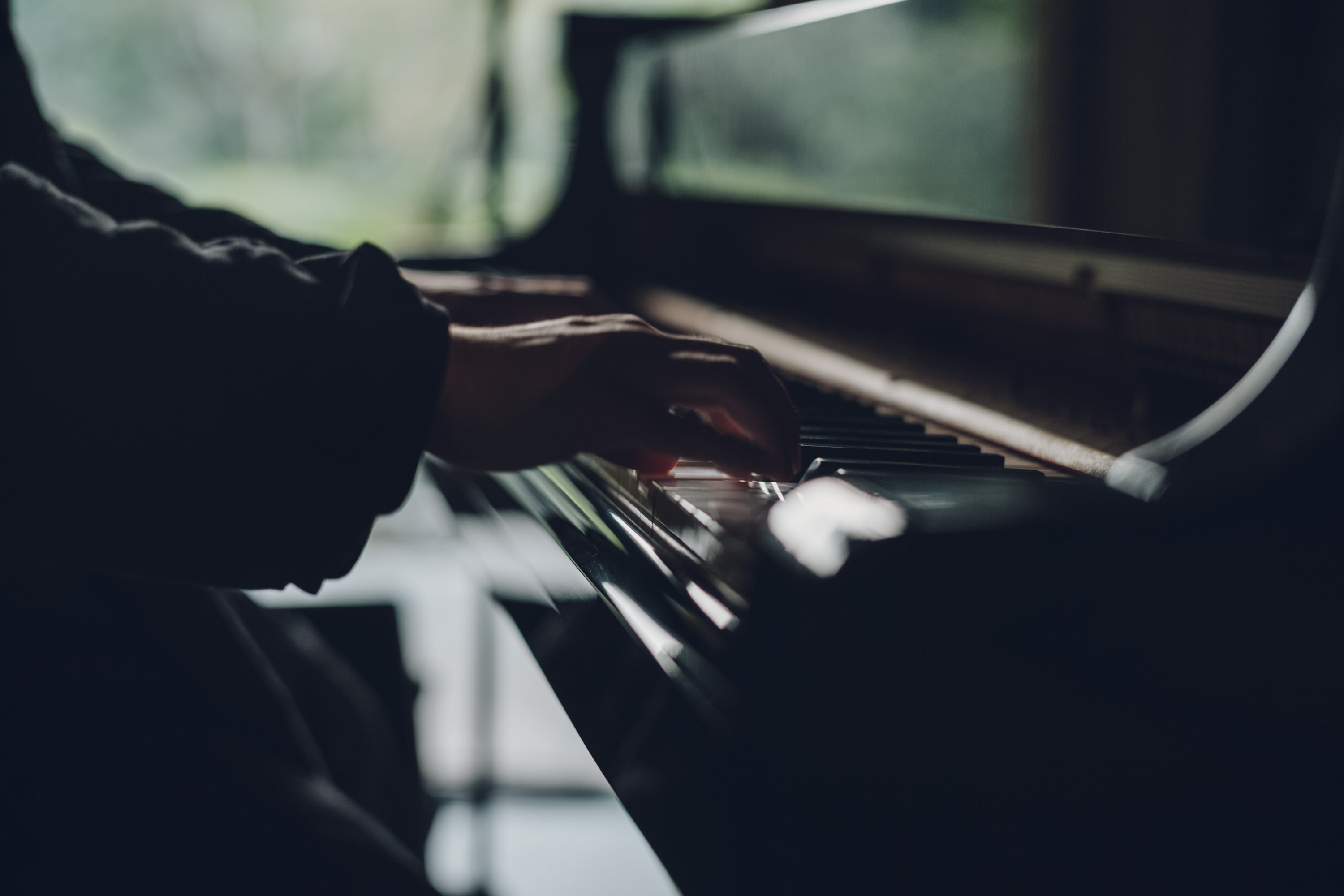
2018.10.16 Jojuin
「call; 音がきこえる」haruka nakamura 演奏会
2018.10.16
目に見えず触れられなくとも誰もが感じとることのできる “祈り”を、音楽を通して表現することをテーマに、演奏会が行われました。
「月の庭」を有する成就院で、奏者がその一瞬一瞬に感じるものを即興で演奏。この空間に潜む空気や時間が音楽と組み合わさり、その日、その時、その瞬間にしか出会えない体験が生まれました。
Pianist haruka nakamura’s concert, “call; you will hear the sound,” presented by Otowa-san, Kiyomizu-dera Temple
October 16, 2018
Despite being invisible and intangible, prayers can be sensed by all. In this concert, performers explored the possibilities of expressing prayers through music. In the Jojuin, which boasts the renowned Moon Garden, the players created one-of-a-kind musical pieces in response to what they may have felt in that moment. Their sounds intermingled with the atmosphere, and the audience undoubtedly experienced unparalleled performance that day.
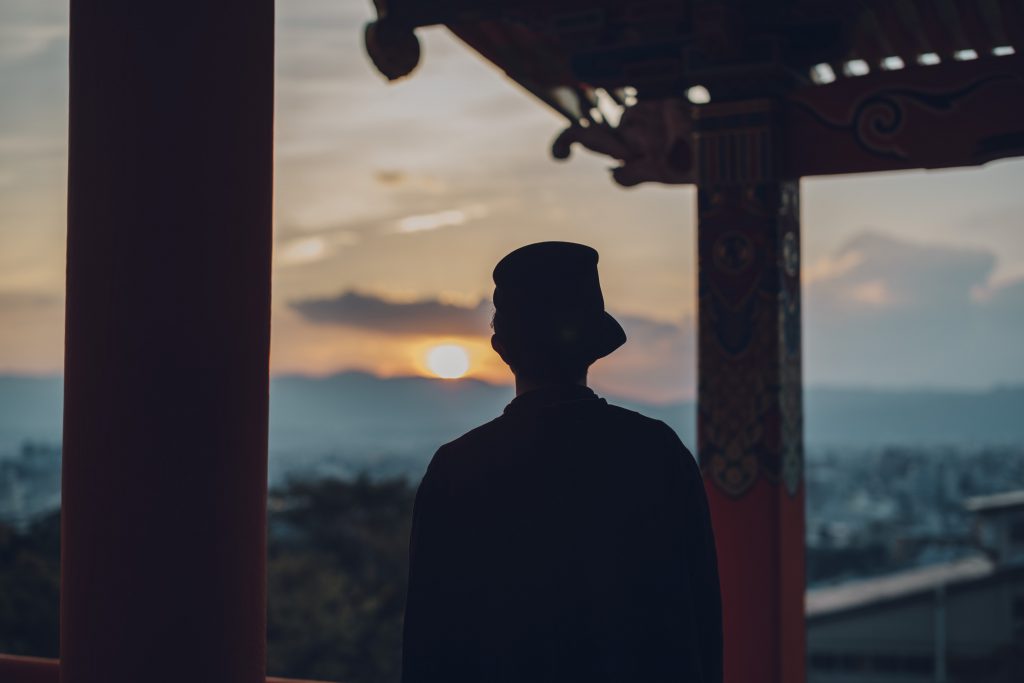
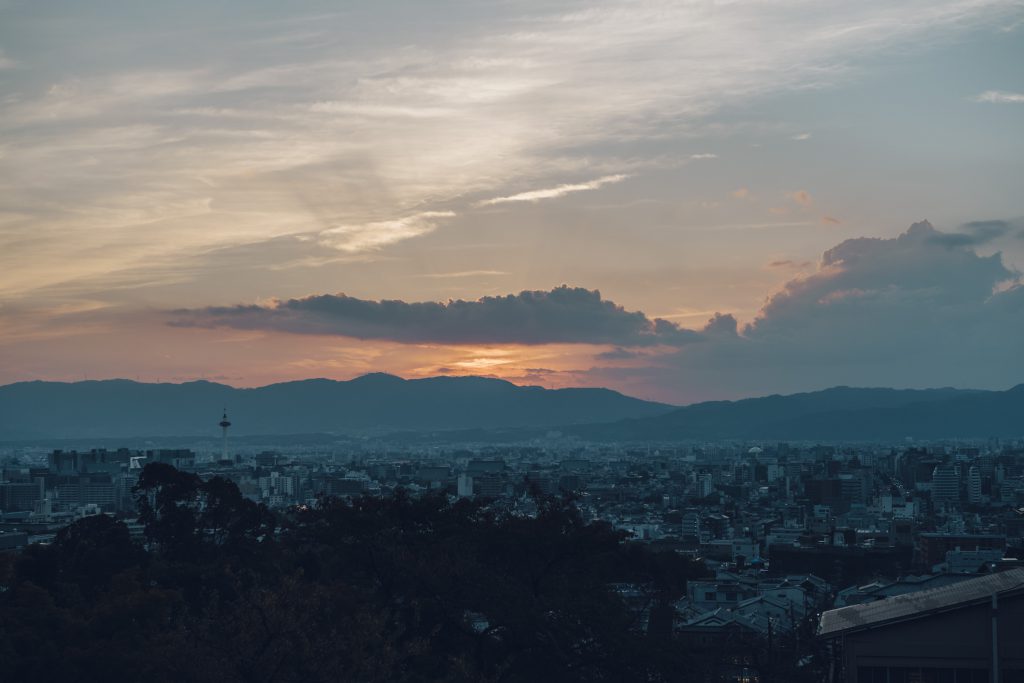
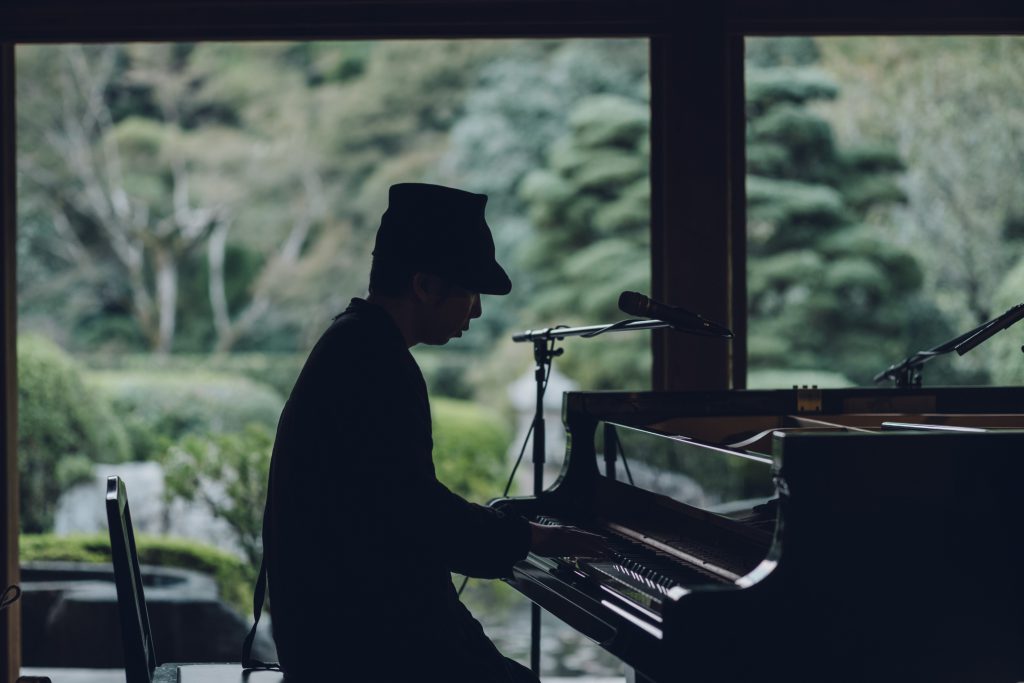
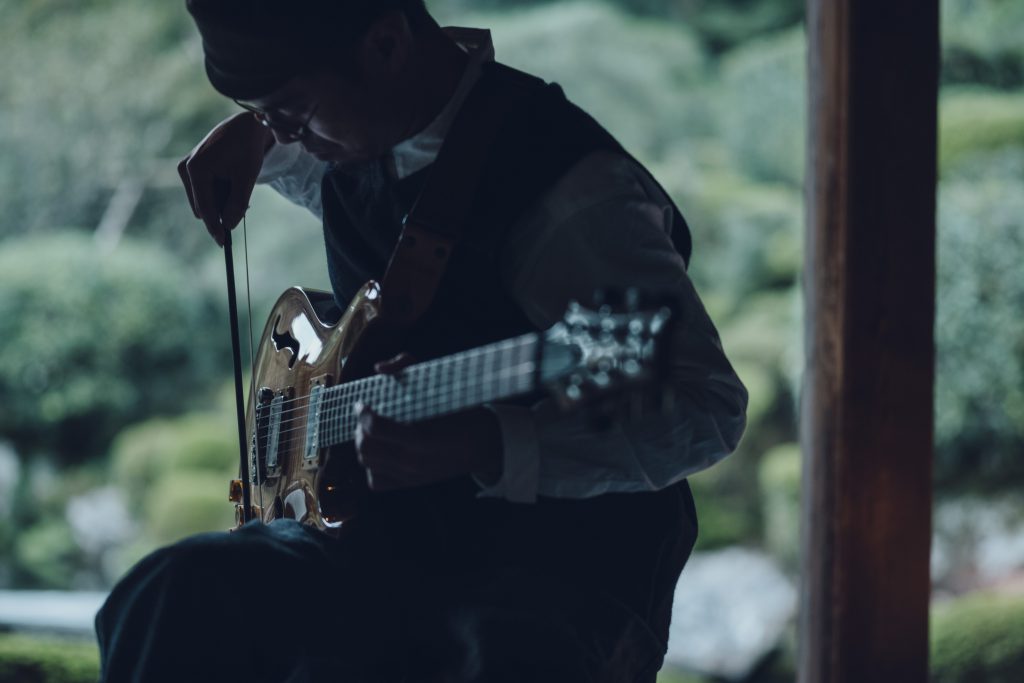

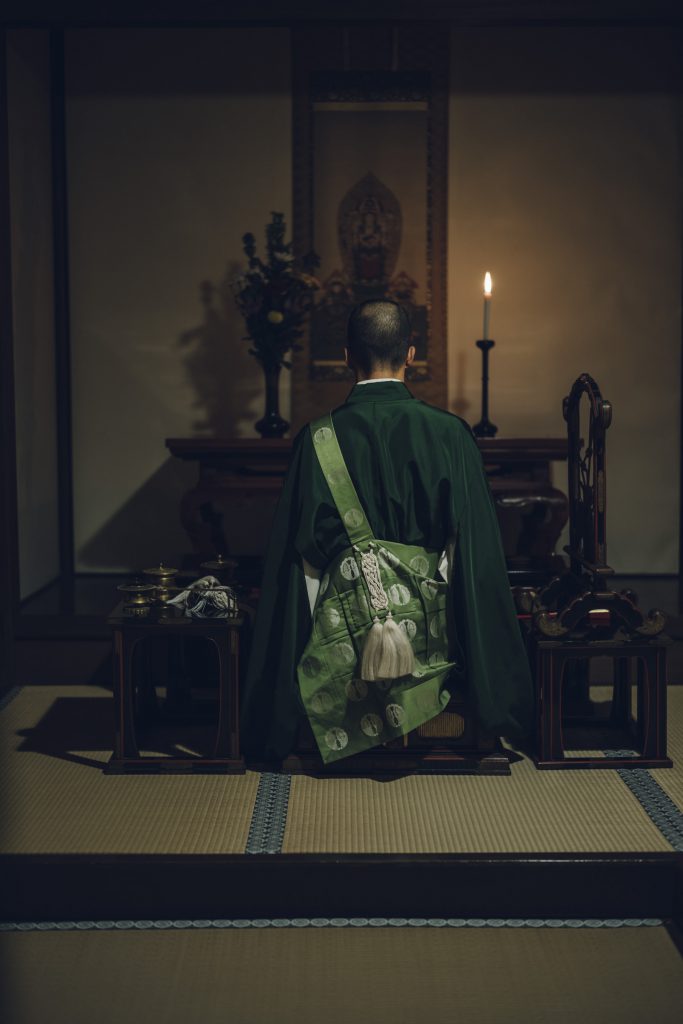
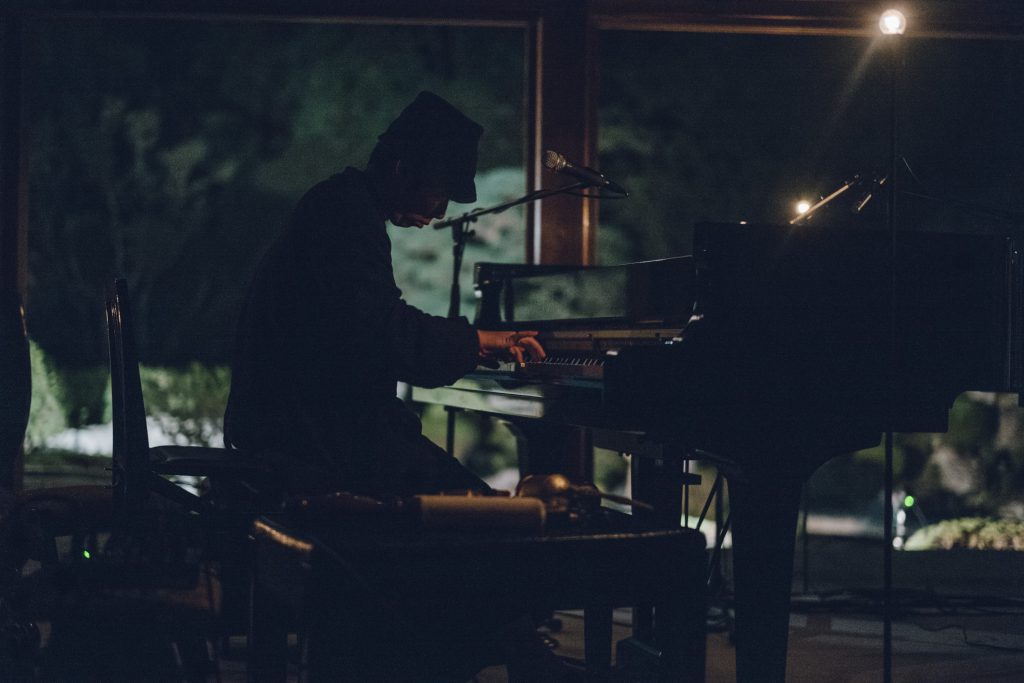
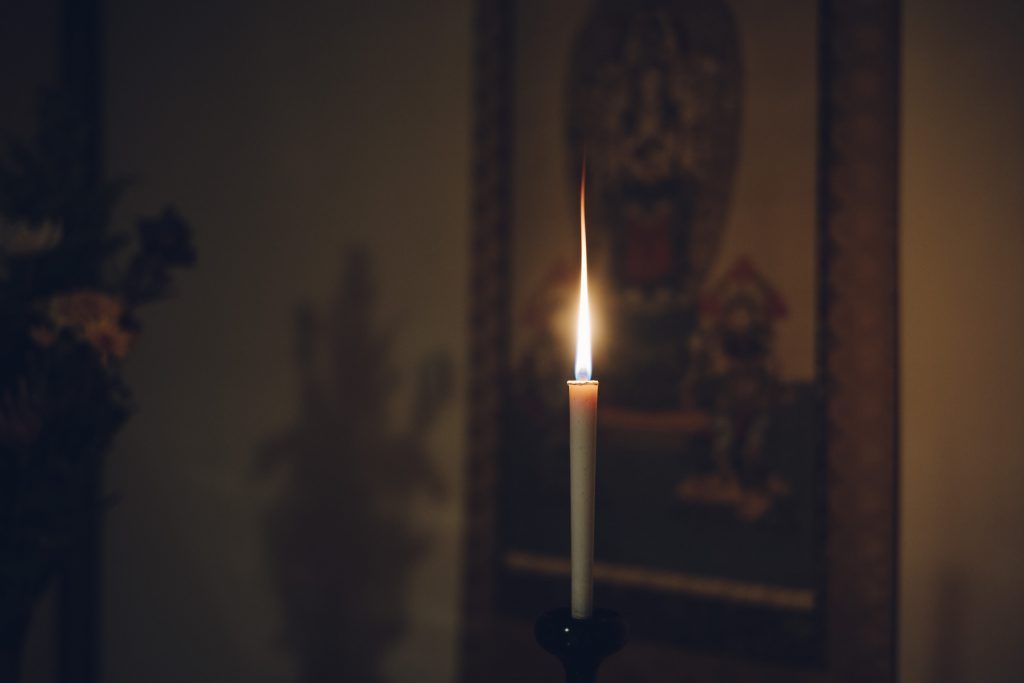
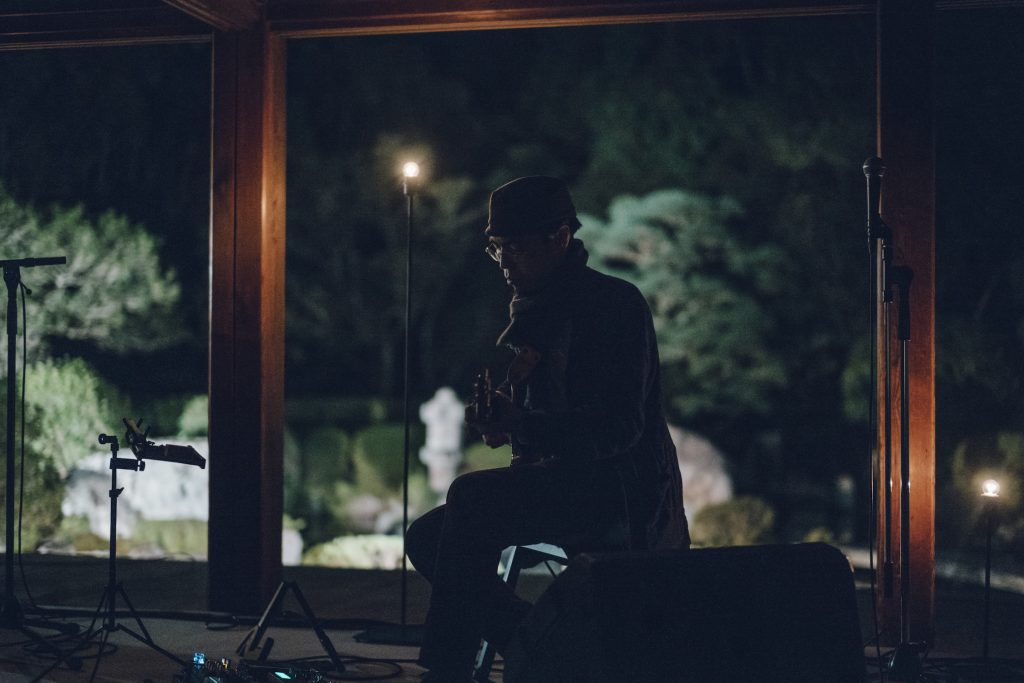

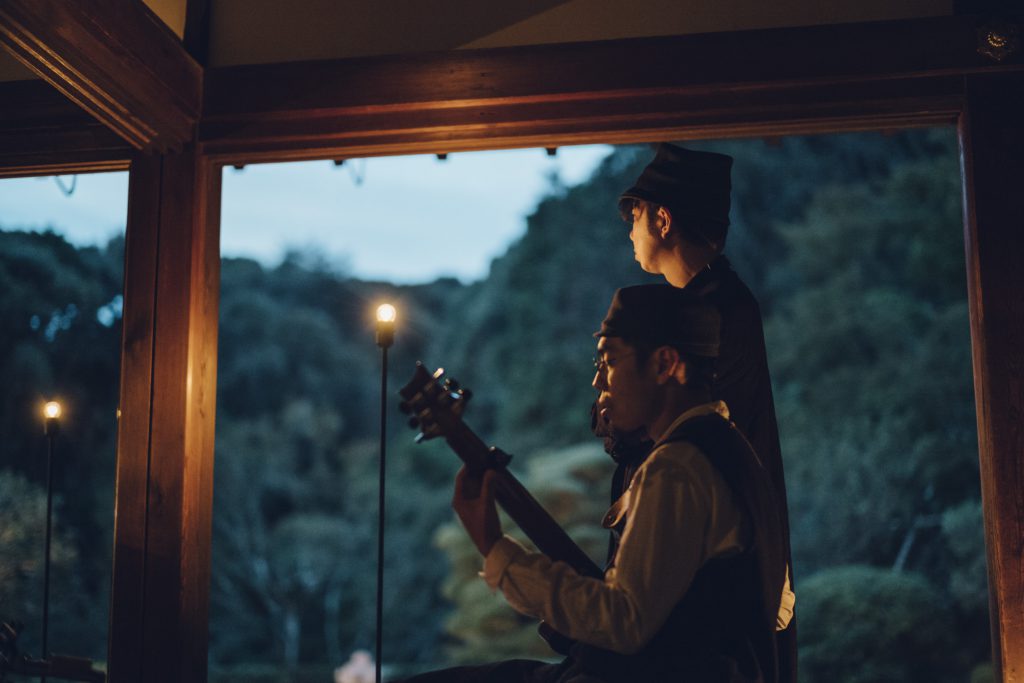
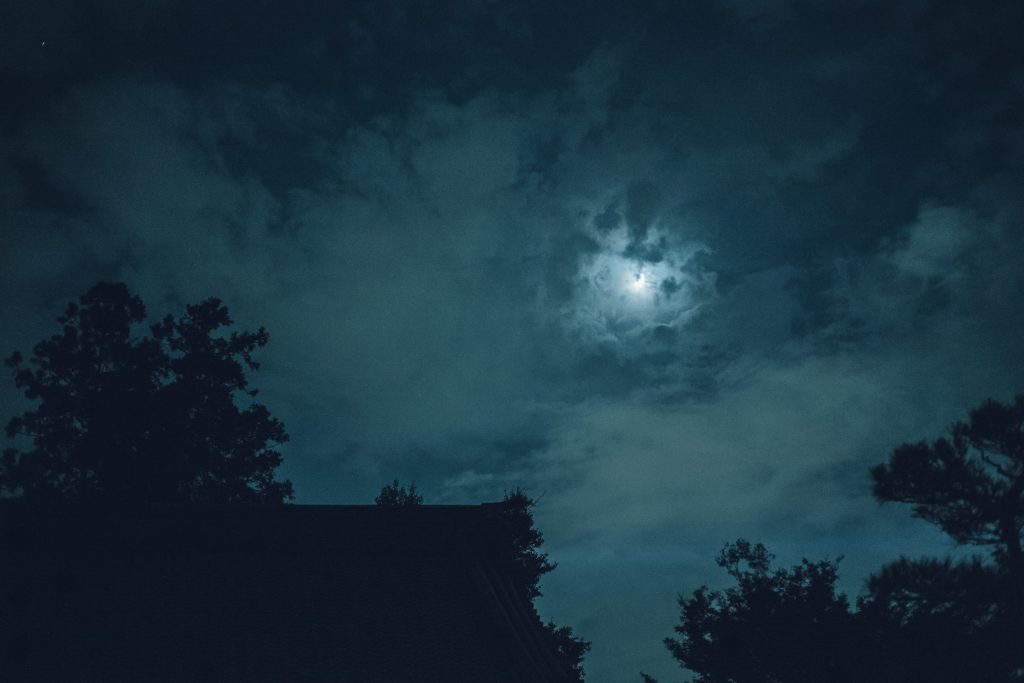
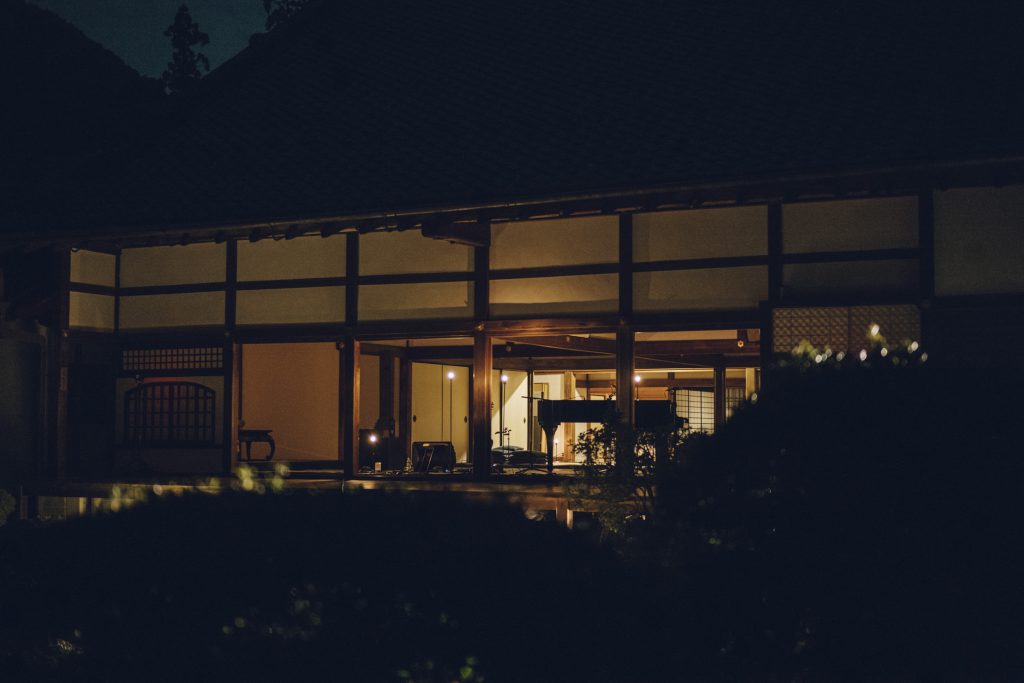
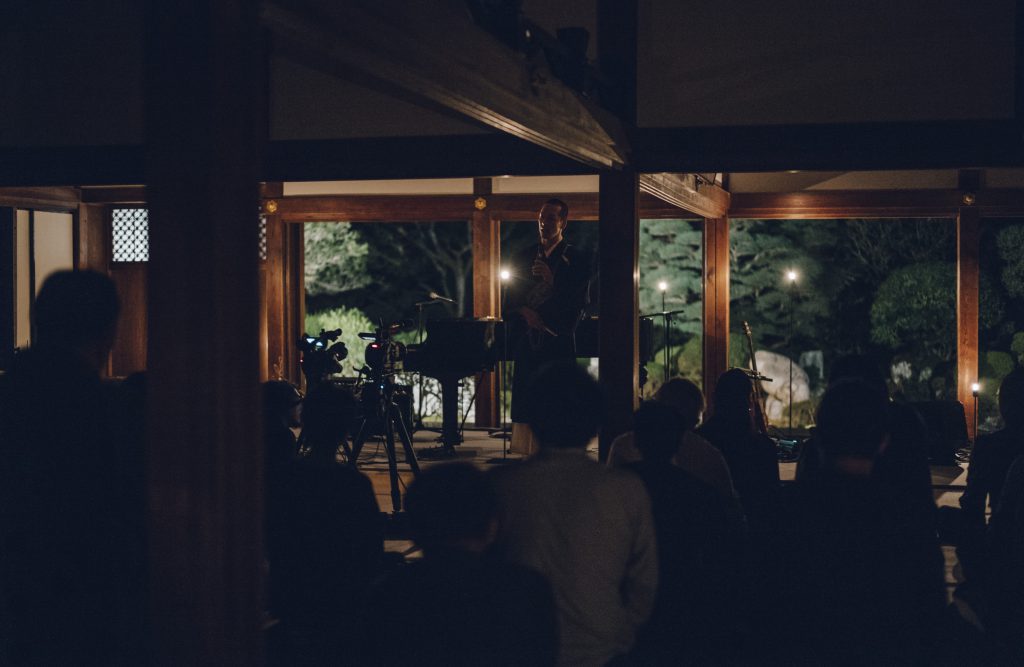
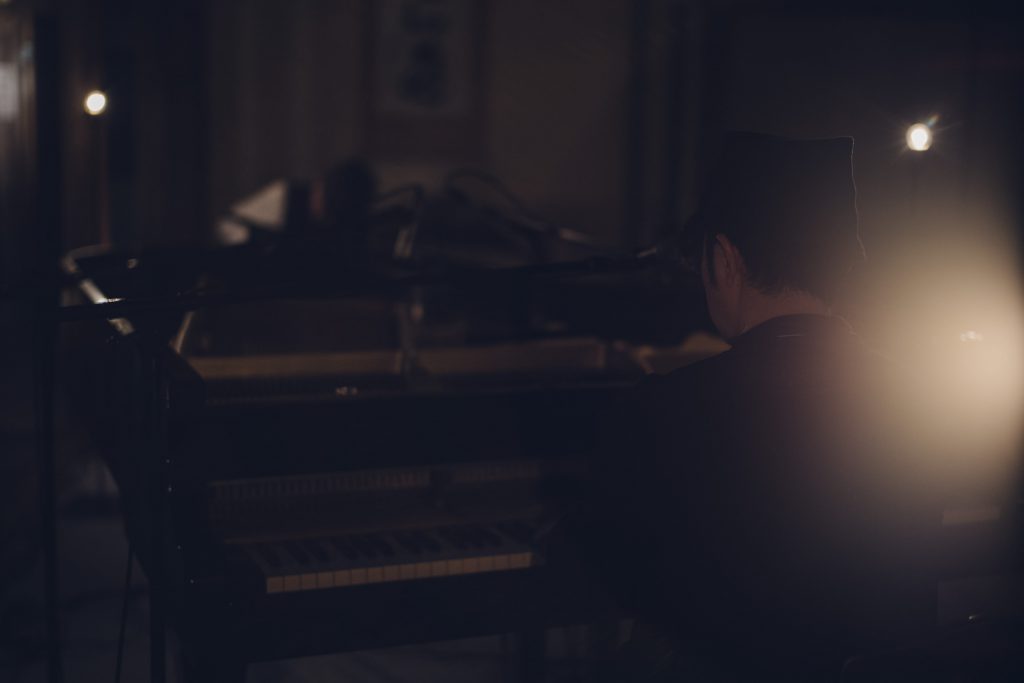
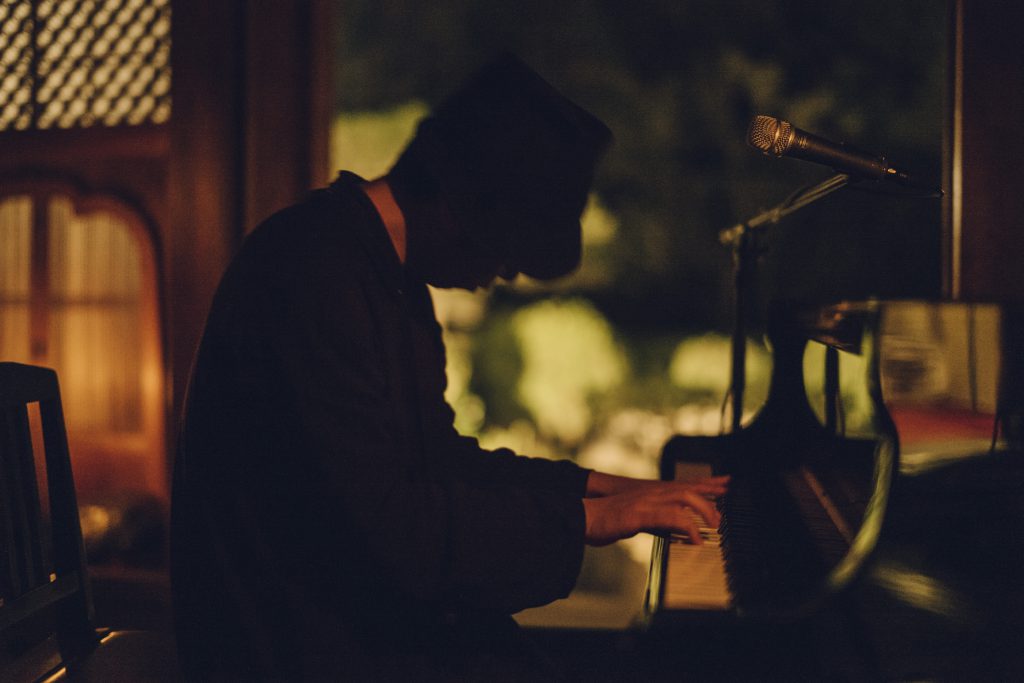
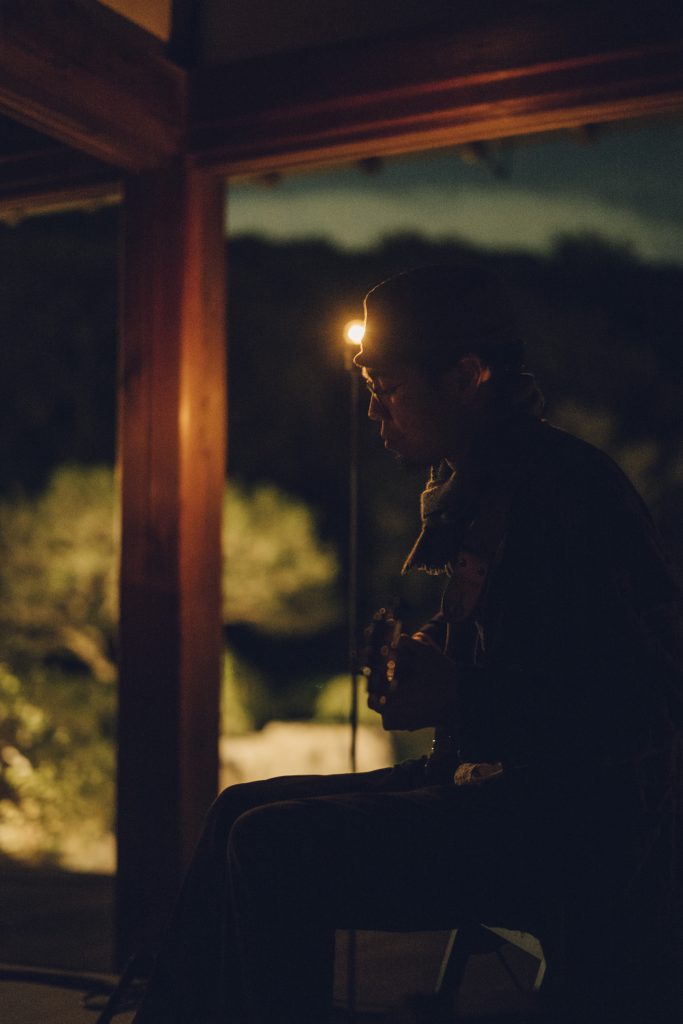

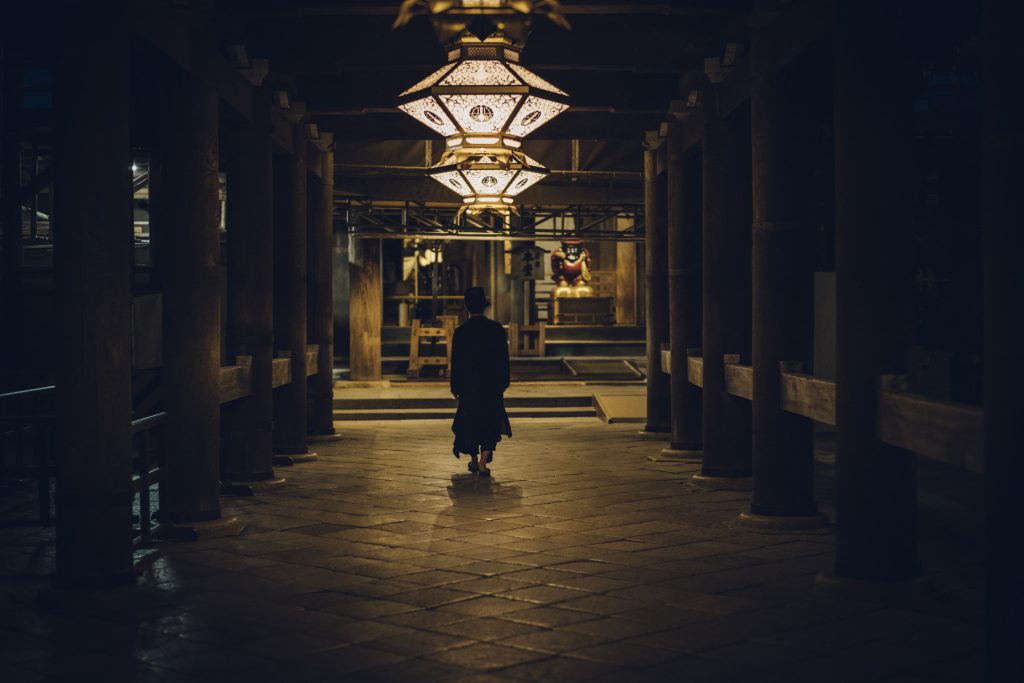
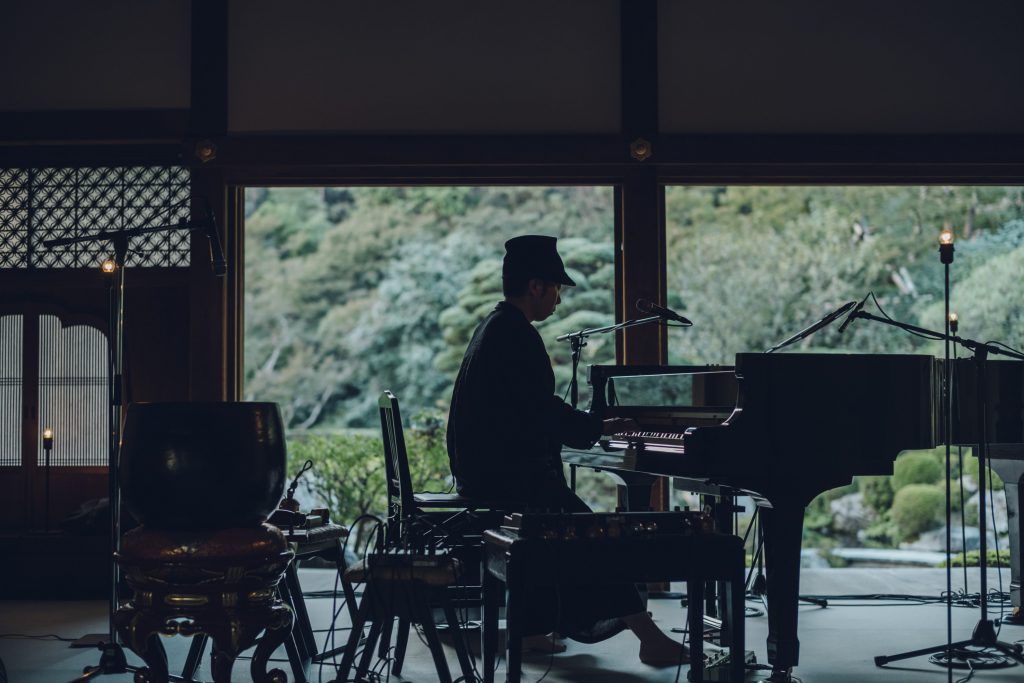
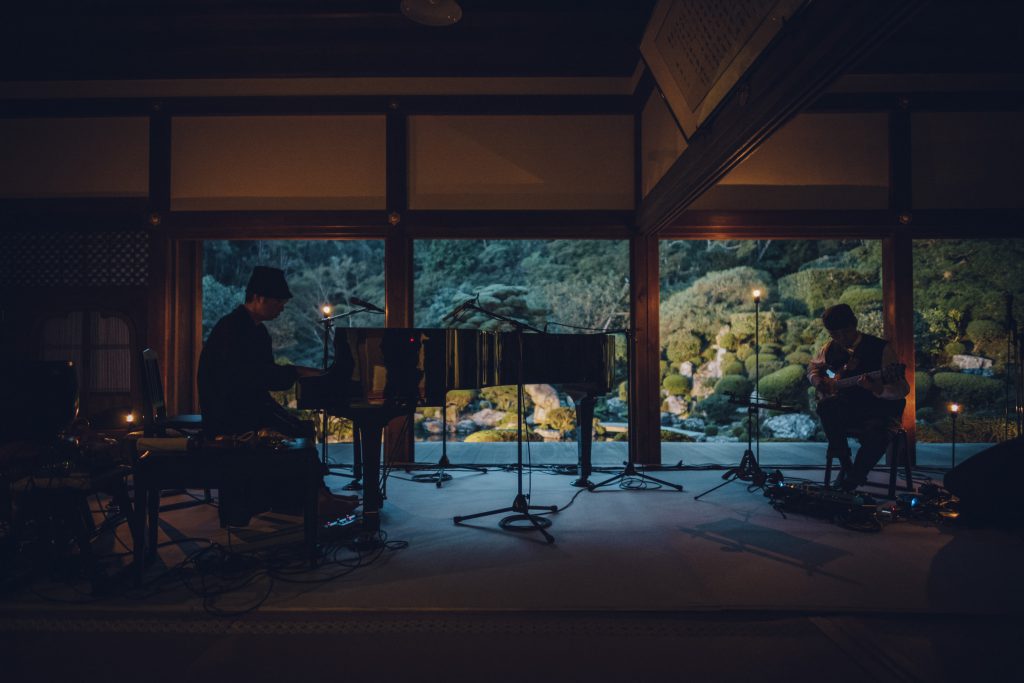
演奏会に寄せて
今回の演奏の主題は「調和」です。この歴史ある場所との調和、庭から聞こえる虫の音との調和、集まってくださった皆さんとの調和。時間軸と空間、そして演奏の振動が調和する瞬間を楽しみたいと思っています。
成就院は「月の庭」の名の通り、夕刻から宵にかけて庭の表情が刻々と変化しますね。ひとときも目が離せません。庭から入ってくる月光に、木々が揺れる音と虫の音がすでに素晴らしい音楽を奏でていて、これ以上もうなにもいらない、とも思います。今回はあえてそこに私の演奏を加わえていくので、やりがいと楽しみが入り混じった不思議な気持ちで当日を待っています。
暗闇で次第に五感が研ぎ澄まされていくように、演奏中にゆっくりと耳が開いていく体験を届けられたらうれしく思います。また、演奏が終わったとき、普段の成就院に響く音に気付いてくだされば、この演奏会が持つ意味も大きなものになると思います。
即興演奏においていつも目指しているのは「今を捉える」ということ。あたりまえのことですが時間は絶えず経過しています。「今」はすぐに「過去」になって、さっきまで少し先にあった「未来」が「今」になっていく。一秒たりとも同じ表情を持たない成就院は、私たちに「今」の存在を実感させてくれる場所でもあります。今回の演奏では、聴衆の皆さんの声を録音し、演奏中に使うつもりです。2018年10月16日、成就院にいる50人だけが共有できる「今」を、体感できる機会にしたいと思います。
haruka nakamura
(このインタビューは演奏会前日におこないました)
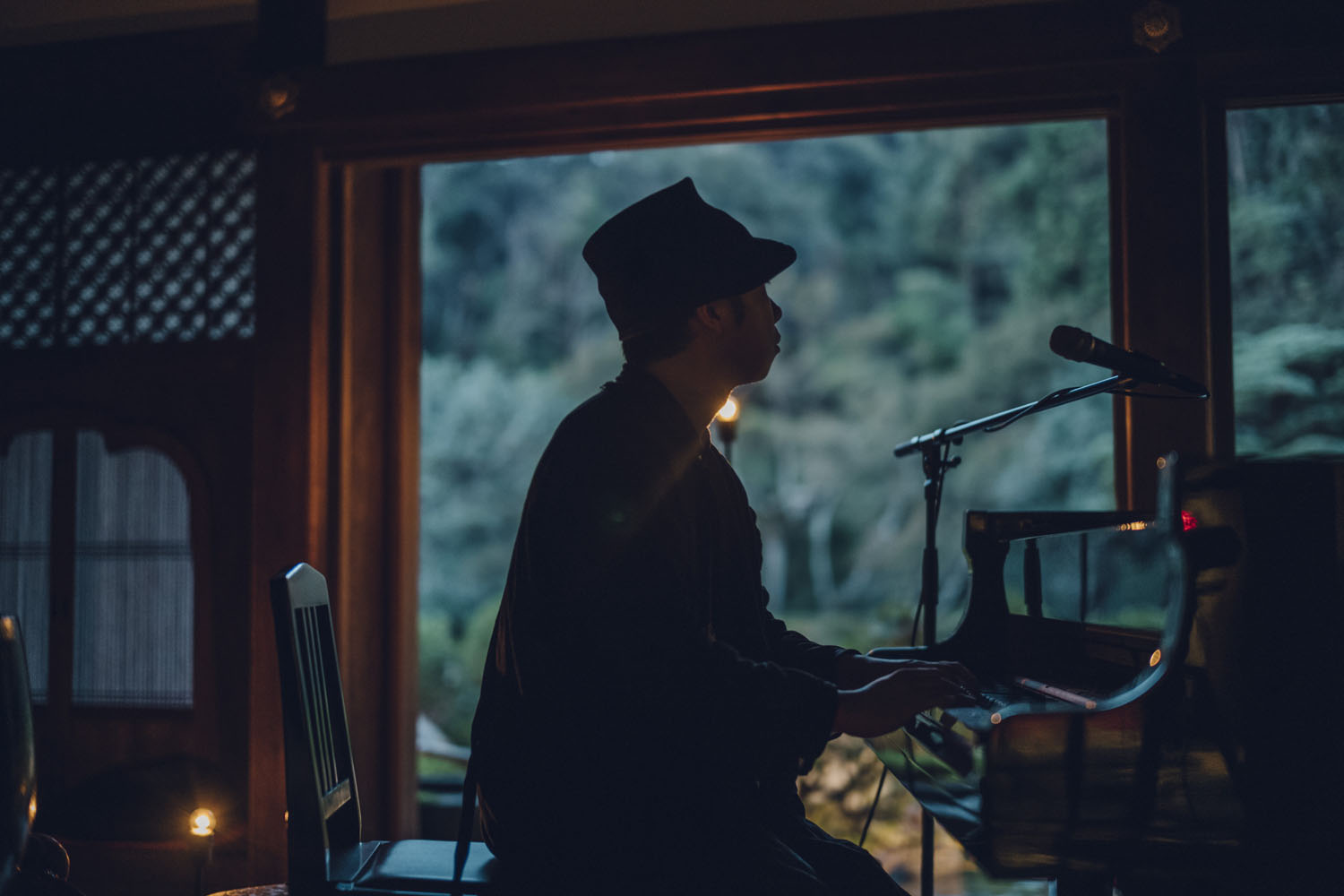
「清水寺の今を伝える」と題して始まったFEEL KIYOMIZUDERAプロジェクトは2018年で6年目を迎えました。清水寺が1200年間の歴史のなかで受け継いできたことや、日々の営みなどについて正しく伝える活動を続け、多くの方にさまざまな清水寺の表情を知って頂く機会を生みました。
そして2018年からは、表現活動を通した「祈りのかたち」を模索しはじめました。仏教とは突き詰めれば心の有り様であり、「祈り」とは手を合わせる行為だけではありません。表現でも、仕事でも、遊びであっても、なにかに一心に尽くし、次第に無心へと研ぎ澄まされていくその過程こそが、仏教が理想とする「祈り」であると考えます。
haruka nakamuraさんは、ご自身のお心の有り様を音楽という手法で表現されている希有な方です。清水寺にとって新たな一歩となったこの演奏会の奏者がharukaさんにお願いできたご縁に心より感謝しています。この演奏会の空間そのものが、これから清水寺が目指すべき方向性を示していたように思います。
未知の表現に学ぶ行為は、古くから仏教の、そして清水寺の思想でもあります。清水寺の御本尊である千手観世音菩薩さまも、その登場時はとてもセンセーショナルだったはずです。しかし、千本の腕が持つ意味や、慈悲を象徴するその表情が誕生した過程には「祈り」があるはずです。
伝統を守り伝えるのと同様に、新たな「祈り」を見つける足し算も、これからの清水寺にとって必要なことなのです。
清水寺 執事補 大西英玄

Words on the night before the concert
The theme of this concert is “harmony.” That includes harmony with this historic place, the singing of insects in the garden, and the audience who plan to attend. I would like to enjoy each moment in which time, space and the vibrations of improvisations will harmoniously intermingle.
The garden of Jojuin, dubbed the Moon Garden, changes its appearance from dusk to sundown, moment by moment. No single moment should be missed. With the moonlight shining in the garden, the rustling of leaves and singing of insects have already created an impressive symphony…. What more could be needed? Since my improvisation will accompany the ambient harmony on this occasion, I am looking forward to the day of the event, with particular anticipation and excitement.
As the senses sharpen in the darkness, I hope to be able to delight the ears of the listeners during the concert. Upon conclusion of the music, if the audience grow more aware of the natural sound of Jojuin, the concert will be even more meaningful.
I always strive toward “capturing now” when I improvise on the piano. Obviously, time is flowing perpetually. “Now” has turned into the past instantly, and “the future,” which was ahead of us just a few moments ago, has become “now.” Jojuin, which boasts hundreds of transient beauties, reminds us of the sense of nowness. For the upcoming concert, I plan to record the audience’s voices and then incorporate them into our music. I’m excited to create a special one-off performance exclusive to only 50 guests, who will gather in Jojuin on October 16, 2018.
haruka nakamura
(This interview was conducted on the day before the concert.)
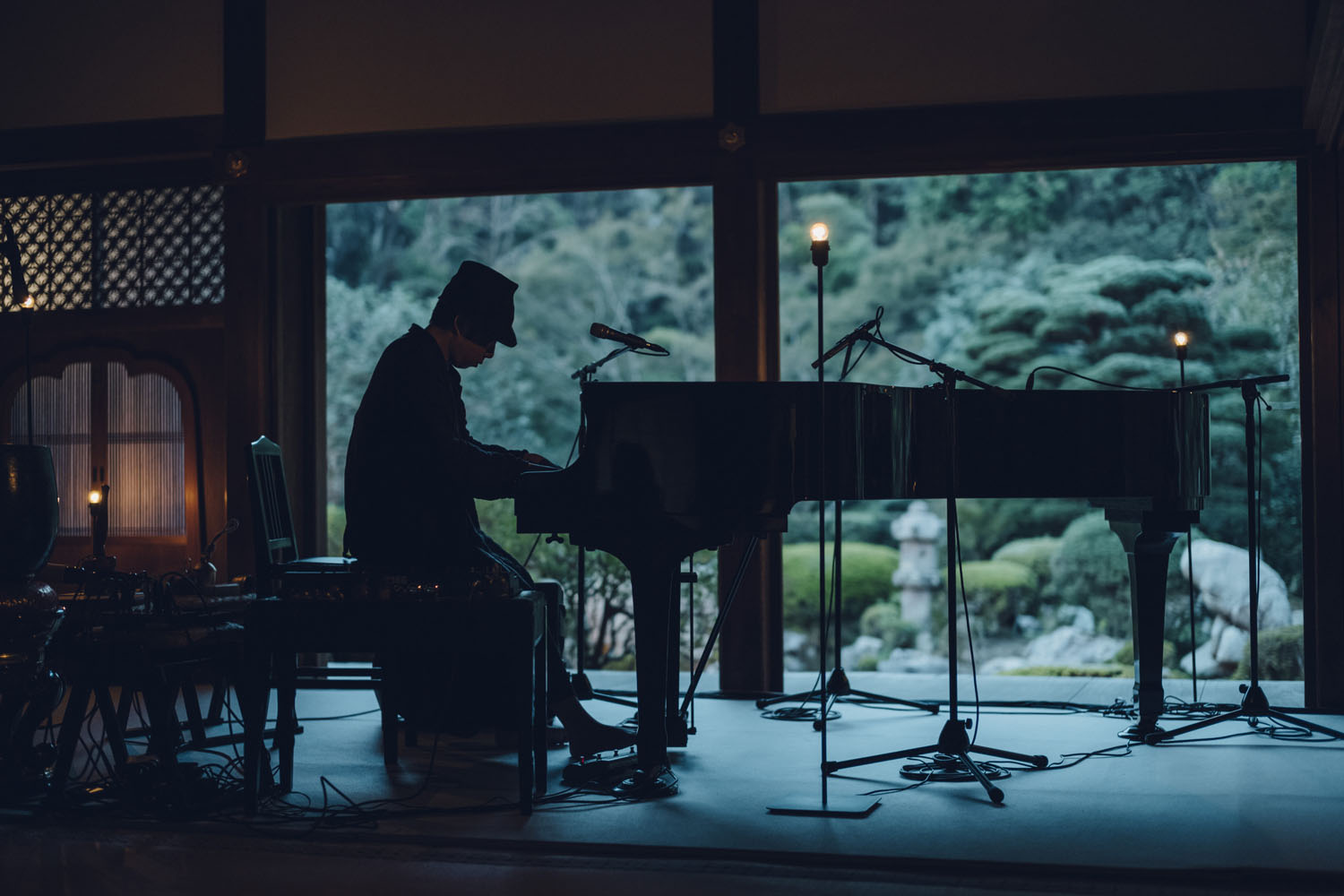
We have reached the sixth anniversary of our FEEL KIYOMIZUDERA project in 2018, with the aim of conveying Kiyomizu’s momentary beauties. We are sure to create opportunities to express a wide variety of temple scenes to many people through this project, presenting our 1200-odd-year-old historic inheritance and our daily pursuits.
We have also entered a new phrase of the project in 2018—exploration of new forms of prayer through various acts of expression. As Buddhism ultimately represents the state of mind, prayers are more than just the act of joining your hands. Through the process of wholehearted immersion in all varying forms, such as performance, work and play, I think people will reach a level of unselfish dedication. This journey is a prayer, an ideal of Buddhism.
Pianist haruka nakamura is an extraordinary artist who expresses his state of mind in the form of music. We are deeply grateful for this opportunity in which we will host a concert by haruka nakamura as a step forward for Kiyomizu-dera Temple. The site of this concert, Jojuin, seems to embody the future state of the temple.
Learning from novel styles of expression has been an idea of Buddhism as well as Kiyomizu-dera Temple since ancient times. When the principal image of Kiyomizu-dera Temple, the Eleven-faced Thousand-armed Kannon, first appeared in the temple, the statue must have been quite a sensation. Reflecting on the meaning of one thousand arms and the story behind Kannon’s compassionate face, we believe that “prayers” contributed to the creation of the image.
As we protect and pass down our tradition, we need to discover a new form of prayer and add it to our history. This is our mission for the future Kiyomizu-dera Temple.
Eigen Onishi
Assistant Manager of Kiyomizu-dera Temple
